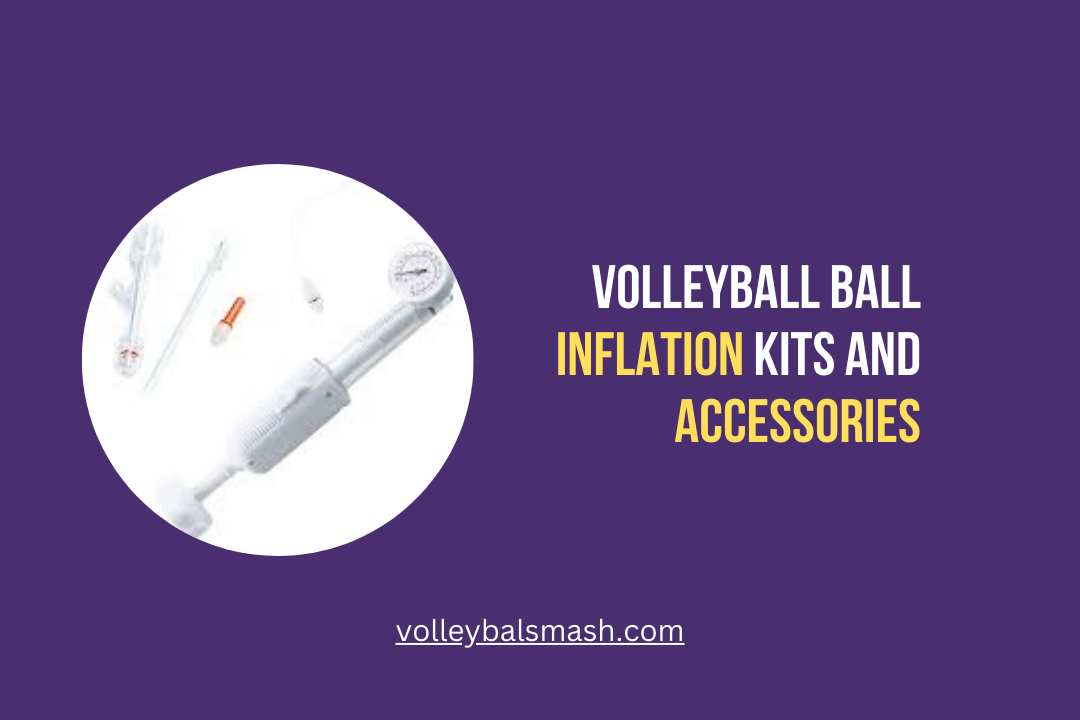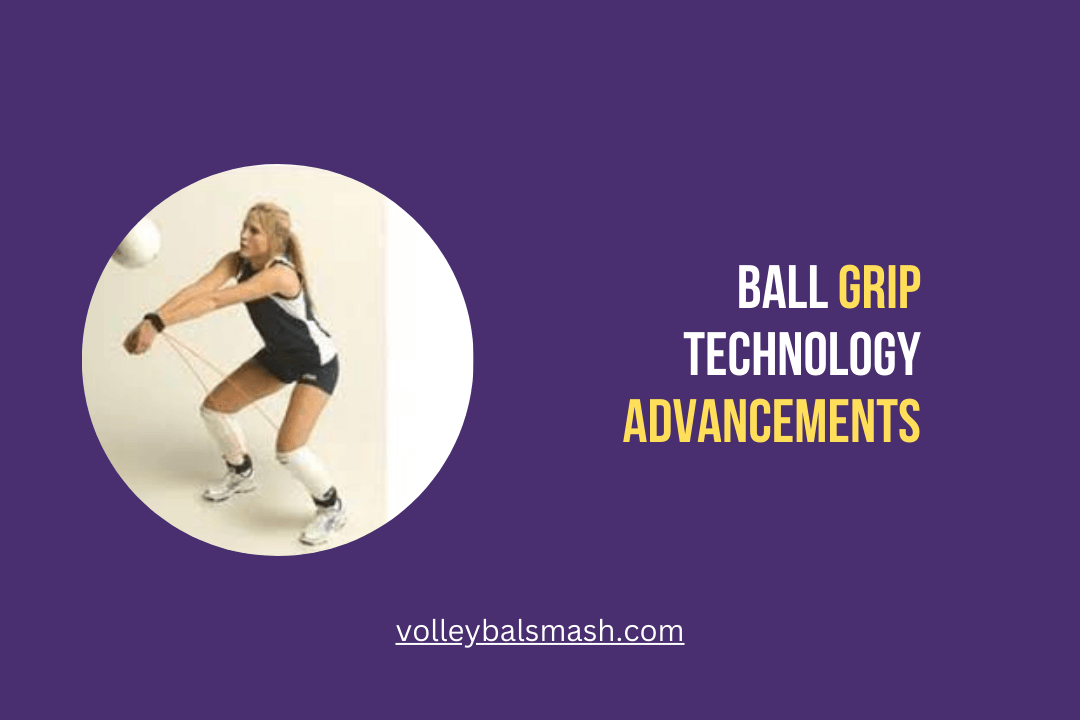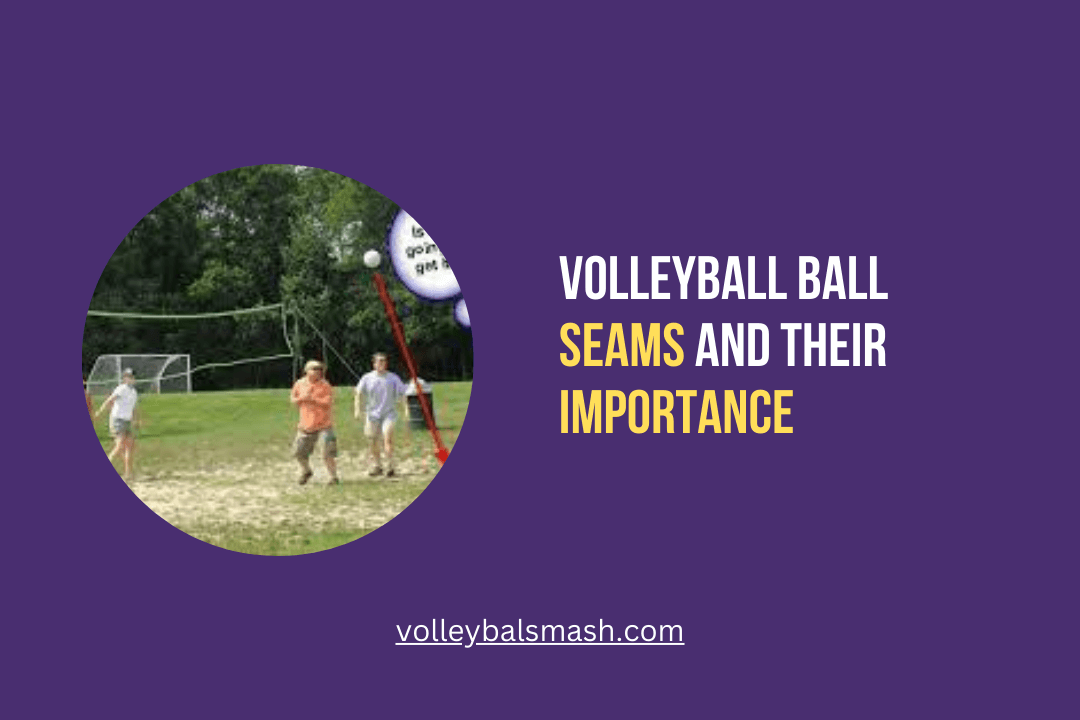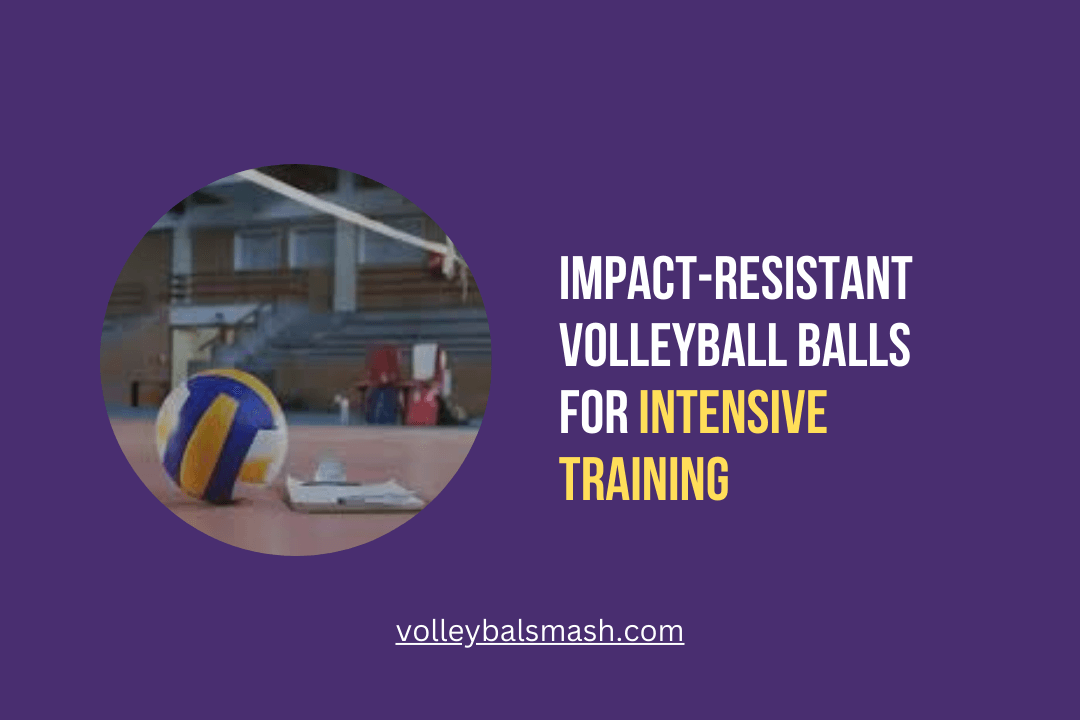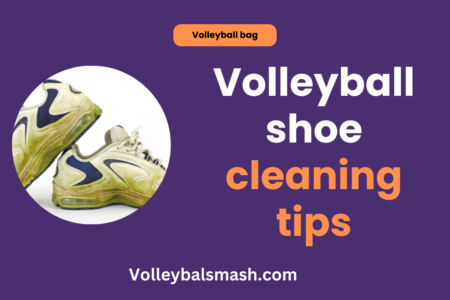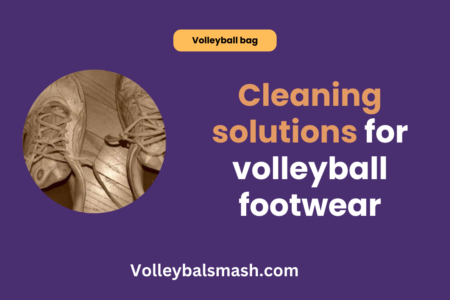Are you familiar with the distinct differences between indoor and beach volleyball balls? Understanding these differences is crucial in ensuring you have the right equipment for your game. When it comes to size and weight, beach volleyball balls are slightly larger and lighter than indoor balls, providing greater buoyancy for outdoor play. Additionally, beach volleyball balls are designed with a different outer layer material, providing enhanced resistance to sand and water compared to indoor balls. It’s important to consider these differences when choosing the right ball for your game.

Indoor Volleyball Balls
Some of the key differences between indoor volleyball balls and beach volleyball balls are worth noting. If you want to learn more about the differences between indoor and beach volleyball, you can check out this article on Indoor vs. Beach Volleyball.
Design and Characteristics
Indoor volleyball balls are typically made of leather or synthetic leather and have a more rigid structure compared to beach volleyball balls. The panels on indoor volleyball balls are glued together, giving them a smoother surface compared to the more textured panels of beach volleyball balls.
Additionally, indoor volleyball balls are lighter and smaller in size, which allows for easier and faster ball handling. The inner bladder of indoor volleyball balls is also designed to maintain a more consistent and predictable flight pattern, making it easier for you to control your shots and passes.
Usage and Impact on the Game
When it comes to playing indoor volleyball, the ball’s design and characteristics can significantly impact the game. The lighter weight and smoother surface of indoor volleyball balls allow for faster sets, spikes, and serves, allowing for a more dynamic and aggressive style of play. The consistent flight pattern of indoor volleyball balls also enables you to make precise and accurate plays, giving you greater control over the ball during intense rallies.
However, the increased speed and power of indoor volleyball balls also mean that they can be more challenging to receive and defend against, requiring you to develop your skills and technique to keep up with the pace of the game.
Beach Volleyball Balls
One of the most important aspects of beach volleyball is the ball itself. Unlike indoor volleyball, beach volleyball requires a different type of ball due to the unique conditions of playing on sand. In this section, we will explore the distinct features of beach volleyball balls and their influence on gameplay.
Distinct Features and Material
Beach volleyball balls are specifically designed to withstand the rough and abrasive nature of sand. They are slightly larger and heavier than indoor volleyball balls, typically weighing between 9.2 to 9.9 ounces. The outer cover of a beach volleyball is made of a high-quality synthetic leather that is more durable and resistant to wear and tear from sand particles. The panels of the ball are also carefully stitched together to ensure maximum durability.
Guide to the weight of a regulation volleyball ball
Influence on Beach Volleyball Gameplay
The unique design and material of beach volleyball balls have a significant influence on the gameplay. The heavier weight and larger size of the ball allow for better control and stability in windy conditions. Additionally, the thicker cover provides a softer feel, making it easier to handle and control when diving and setting on the sand. However, the added weight can also make it more challenging to generate power for serves and spikes.
Comparative Analysis
Despite the similarities between indoor and beach volleyball, the differences in the balls used for each sport are significant. The variations in weight, size, and material affect the way the balls move and respond to the players’ actions on the court. If you’d like to learn more about the 4 Differences Between Indoor and Beach Volleyball, you can check out this resource 4 Differences Between Indoor and Beach Volleyball.
| Indoor Volleyball Balls | Beach Volleyball Balls |
| Heavier and softer | Lighter and harder |
| Smaller in size | Slightly larger in size |
| Constructed with a leather or synthetic cover | Constructed with a slightly rougher and water-resistant cover |
| Designed for precise setting and controlled hitting | Optimized for outdoor conditions and aggressive hitting |
Indoor Vs. Beach Volleyball Balls: Key Differences
When it comes to indoor and beach volleyball balls, the primary differences lie in their weight, size, and material. Indoor volleyball balls are heavier and softer, making them more suitable for precise setting and controlled hitting. In contrast, beach volleyball balls are lighter and harder, designed for aggressive hitting and outdoor conditions. The size and cover material also contribute to the unique characteristics of each ball, impacting the way they move and respond during gameplay.
Player Adaptation and Strategy Adjustments
As you transition between indoor and beach volleyball, it’s essential to adapt your playing style and strategy based on the differences in the balls used. The lighter and harder beach volleyball requires adjustments in your approach to hitting and setting, while the heavier and softer indoor volleyball ball demands precise control and coordination. Understanding these distinctions will enable you to optimize your performance and tactics based on the specific requirements of each game.
Conclusion
From above, you can see that there are several key differences between indoor and beach volleyball balls. These differences in weight, size, and material make each ball suitable for its respective playing environment. Understanding these distinctions will help you choose the right ball for your preferred type of play, ensuring you have the best possible experience on the court or on the beach.
How to break in a new volleyball ball
FAQ
What are the differences between indoor and beach volleyball balls?
A: Indoor volleyball balls are typically made of leather or composite materials, and are designed to be lightweight, fast, and easy to control. They are also softer and have a slightly larger circumference. Beach volleyball balls, on the other hand, are made of a slightly thicker and more durable material to withstand outdoor conditions. They are also slightly heavier and have a smaller circumference, making them better suited for outdoor play on sand.
Can I use an indoor volleyball ball for beach volleyball and vice versa?
While it is technically possible to use an indoor volleyball ball for beach volleyball and vice versa, it is not recommended. Indoor and beach volleyball balls are specifically designed for the different playing surfaces and conditions. Using the wrong type of ball can affect the gameplay and increase the risk of injuries. It is best to use the appropriate ball for each specific type of volleyball.
Are there any specific regulations or rules regarding the use of indoor and beach volleyball balls?
Yes, both indoor and beach volleyball have specific regulations and rules regarding the use of balls. The International Volleyball Federation (FIVB) and other governing bodies have strict guidelines on the size, weight, and material of volleyball balls for both indoor and beach play. It is important to adhere to these regulations to ensure fair and safe gameplay. Additionally, different leagues and organizations may have their own specific rules and requirements regarding the use of volleyball balls, so it is important to familiarize yourself with these guidelines.
